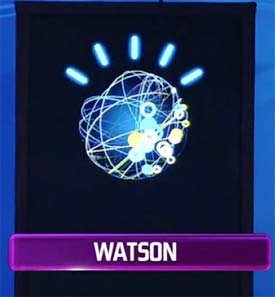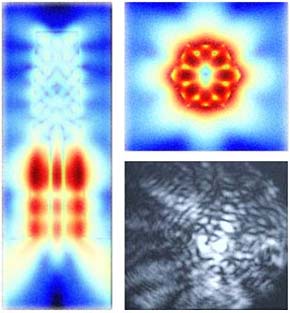For three days Jeopardy contestants on the TV show took a beating at the hands (or voice) of IBM’s new supercomputer Watson. “Watson, come here I need you!” was not the call the contestants were making. Rather, it was more like, “Not again. Go away.”
Yes, Watson (not to be confused with Hal) time and again kicked the snot out of the other contestants by answering the questions correctly in his quirky voice. If you happened to have caught the Conan O’Brien spoof of Watson it was pretty entertaining and Watson sucked up to Conan and got personal with his sidekick Andy Richter.

IBM Watson
Watson told a few “Yo Mama” jokes followed by a few “I did your wife” jokes after which Richter dismembered Watson with a baseball bat.
Even though Watson showed the superior intellect on Jeopardy, the higher-than-thou voice needs to be retooled. I guess you can’t expect a great amount of social skills from a computer especially one programmed by a bunch of geeks who probably don’t themselves have an overabundance of social skills.
Perhaps giving Watson the voice of comedian Bobcat Goldthwait would have enlisted a bit more empathy towards the supercomputer with a chip on its shoulder (as well as many inside the box). The outside the box thinking by the IBM programmers has to be admired though. In addition, the willingness to put their money where their mouths are in such a public forum was an act of bravery.
But, I have to end this blog quickly now, as my laptop has just started talking back to me and I can’t let this go on too long. Heaven only knows what could happen next. I’m grabbing my baseball bat just in case.
